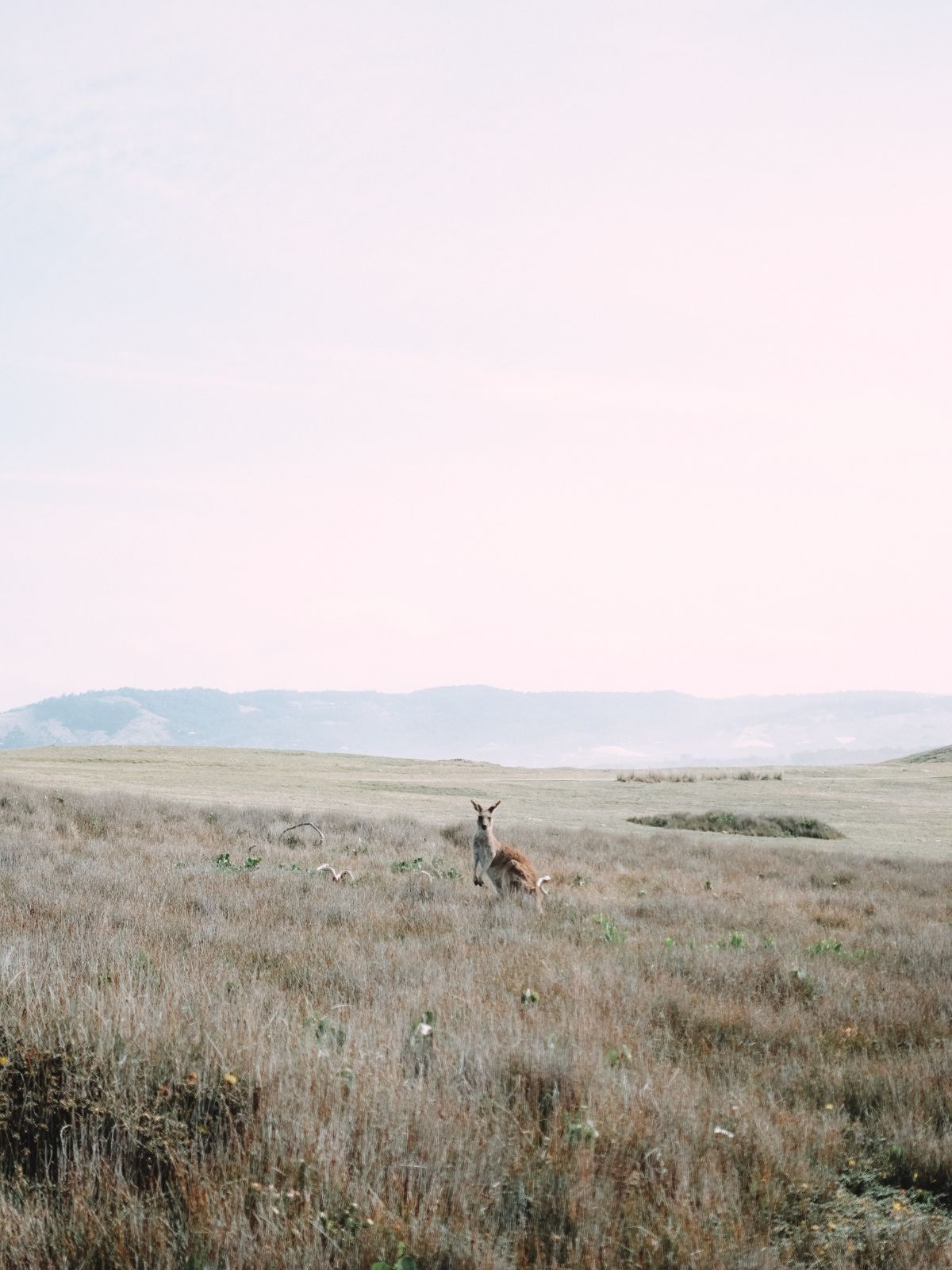As fashion’s waste crisis worsens, examining the process of making one of the most universal pieces of clothing—a pair of jeans—can show us what meaningful circularity looks like.
What would a more circular pair of jeans look like?
The universality of jeans remains an enigma to the fashion industry; no other item of clothing has been so consistently in style since its inception. But the process for making denim is often resource intensive and its lifecycle linear (ie make, wear, dispose).
What if denim—one of the most widely loved materials—could become truly circular? What would that look like?
To answer those questions, the Ellen MacArthur Foundation brought together a group of denim experts in 2019 to collaboratively develop a vision of what best practice looks like for a pair of jeans. These brands, manufacturers, fabric mills, collectors, recyclers, and academics developed guidelines to design and produce jeans in accordance with the principles of a circular economy.
At a high level, a circular economy reimagines our current modes of manufacturing and disposal, so that new products are generated from materials already in circulation, essentially from waste. Broadly speaking, the principles of circularity are: eliminate waste and pollution; keep products and materials in use, and regenerate natural systems.
The need for a more circular economy is evident in the worsening waste crisis, of which denim is one contributor. All over the world, we are buying more clothes, wearing them less, and throwing them away.
And the need for a more circular economy is evident in the worsening waste crisis, of which denim is one contributor. All over the world, we are buying more clothes, wearing them less, and throwing them away. Data from Fashion United suggests that 1.25bn pairs of jeans are sold every year (although some sources put the number at closer to 2bn). According to a 2017 report by the Ellen MacArthur Foundation, clothing production doubled between 2000 and 2015, and the number of times garments were worn declined by 36%. Consumers purchased 60% more garments and discarded them twice as fast.
The result is a world where tonnes and tonnes of textiles are landfilled or incinerated every second. Exploring what circular denim looks like in practice can shed some light on how the industry overall needs to change.
Best practice: 3 principles for more circular denim
The denim experts assembled by the Ellen MacArthur Foundation outlined three principles for more circular denim production. The first is simply that products should be used more. The second pillar is that products should be “made to be made again” or be designed and constructed in a way that ensures they can be reused, remade, and recycled. Finally, after a vigorous, long life of use, repair, and recycling, garments must be composted and returned to the earth.
Theoretically, this makes perfect sense and, in a way, it seems ridiculous to describe it as an ambitious vision for the future. Unfortunately, built-in obsolescence is firmly entrenched in modern society, and fashion has strayed a long way from valuing quality over quantity. The concept seems simple: an easy return to a time when clothes were designed to be loved and used for as long as possible before being safely recycled.
1. Wear jeans longer—extend their life
The first of these principles, to use jeans more, seems like a fairly straightforward place to start. Increasing the number of times something is worn creates value and reduces waste.
On this point, many of us have a case study in our closets. I bought my favourite pair of jeans second hand at a charity shop. They’re vintage Rip Curl (a surf brand) but cut like classic Levi 501s. The previous owner wrote their name in green inside the waistband. The jeans have a deep high rise, five pockets, silver rivets, twin stitching, and a straight leg. They’re made of thick denim and when they come out of the wash, they’re so stiff and rigid that it’s very satisfying to pull them on and feel them wrap around my hips and waist as I zip them up. But it’s their colour I love the most—a faded true blue. It’s pretty but strong, darker around the seams. A soft blue, like an early morning sky. It goes with everything: white singlets, silk shirts, black tailored blazers, navy overcoats, brightly coloured knitwear.
The Ellen MacArthur Foundation needed tests that would account for a more ambitious life cycle, so they asked manufacturers to increase their durability testing for a minimum of 30 home laundries.
For a pair of jeans to be worn longer, they need to be designed to last longer. That’s why the Ellen MacArthur Foundation investigated the durability of the average pair of jeans and found two things. First, the durability of jeans had significantly reduced over time. And second, there was no consistently used method or baseline across the fashion industry to measure and compare the durability of garments.
They soon discovered that some organisations were only testing jeans for one wash cycle, which gave no indication of their durability. They needed tests that would account for a more ambitious life cycle, so they asked manufacturers to increase their durability testing for a minimum of 30 home laundries. Meaning that after 30 home washes, the manufacturers had to perform their normal durability testing before the jeans left the factory.
2. Make denim to be made again
The second of the Ellen MacArthur Foundation’s principles for more circular denim stipulated that jeans should be made to be made again—required the design process to account for the repairability and recyclability of a garment.
As the circular economy insists that products and materials be kept in use and cared for to retain their value, the foundation needed to know how different materials fared through the recycling process.
The guidelines set out three different types of textile recycling. Fibre recycling is performed by sorting textiles by colour and material, shredding them, and spinning them back into fibres. Polymer recycling uses chemistry to take the fibres back to their polymer level by destroying them but keeping the chemical structure intact, either by melting and extruding them or using a chemical solvent. The third method, chemical monomer recycling, breaks the material down into smaller individual particles that can serve as feedstock to produce virgin-quality particles.
3. Use safe and recycled or renewable inputs
The third principle the foundation identified is that jeans are made from safe and recycled or renewable inputs. More circular jeans have to be produced in a way that is safe for the long-term health of people and ecosystems. They have to be made with chemicals that comply with the Zero Discharge of Hazardous Chemicals Restricted Substances List—a list of chemical substances banned from intentional use in facilities that process textiles.
A circular economy requires that substances harmful to the health of humans or the environment be designed out to allow for safe recirculation of materials. The guidelines ban several chemical processes. It also stipulates that fabric mills implement wastewater guidelines—including testing and reporting—and that the water volume used for denim fabric be a maximum of 30 litres per metre.
Relatedly, the foundation’s final stipulation for more circular jeans is that they be made from cellulose-based fibres that come from regenerative, organic, or transitional methods. This means natural fibres like cotton and hemp, or man-made cellulose fibres like lyocell from farming practices that build soil health and carbon content and improve water cycles, biodiversity, and the resilience of the surrounding ecosystem.
Fashion’s waste crisis demands transformation
Conversations about textile waste are becoming more and more mainstream. Inside and outside the fashion industry, governments and companies are beginning to understand that the precious resources textile waste contains represent an opportunity to generate new textiles, solve the issue of rising landfill, and replace some of the demand for virgin resources.
The European Union is currently working on legislation to manage and control textile waste, and undoubtedly the rest of the world will soon follow.
The possibilities presented by generating new textiles from waste are a fundamental part of transforming fashion’s impact on the environment. This is not simply because they offer a solution to the issue of textile waste sitting in landfill—an issue that will only intensify until current rates of consumption are curbed. It is also because conversations about recycling textiles reveal how the entire lifecycle of a product needs to be considered at the design phase—in the ateliers of Paris and the studios of London.
The European Union is currently working on legislation to manage and control textile waste, and undoubtedly the rest of the world will soon follow.
A circular fashion industry needs the decisions made by designers while they’re creating collections of pants, skirts, coats, shirts, and dresses to be made with holistic awareness. How will the design function throughout the garment’s use phase? Is it constructed in a way that means it is repairable? Will the fabric breathe against the skin? Is it durable? How will its materials and construction impact its recyclability? Will it have value after it’s been loved and worn, if its first owner wants to sell it or pass it on?
These conversations push the industry forward, to a place of responsibility. A place that seems alarmingly foreign in the take-make-waste world of fast fashion and hyper consumption. A place where each garment can be made from waste or from fibres healing landscapes and constructed so they are able to be made and remade again and again.




















